Fizik launches Kurve saddle range
R3SL shoe to be launched at Eurobike
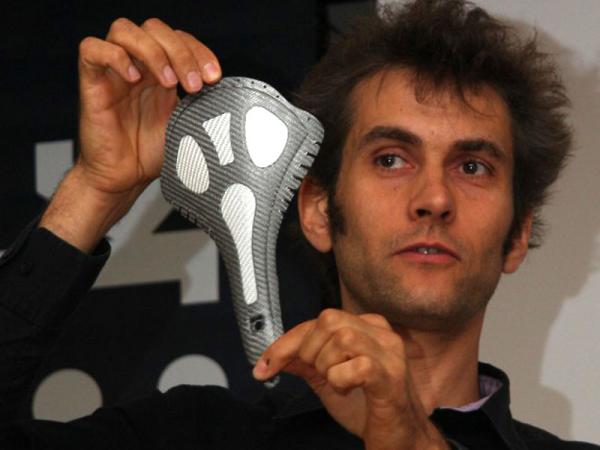
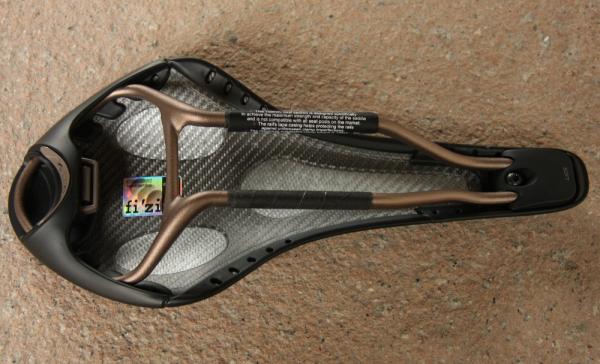
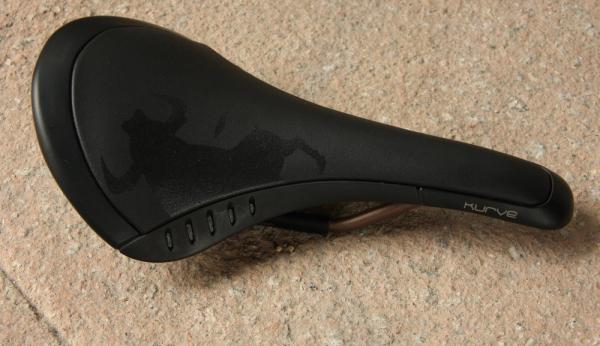
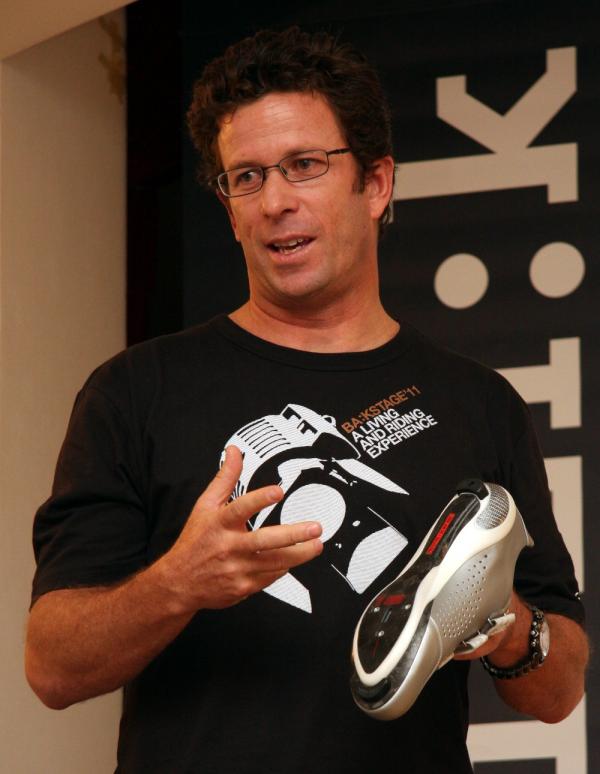
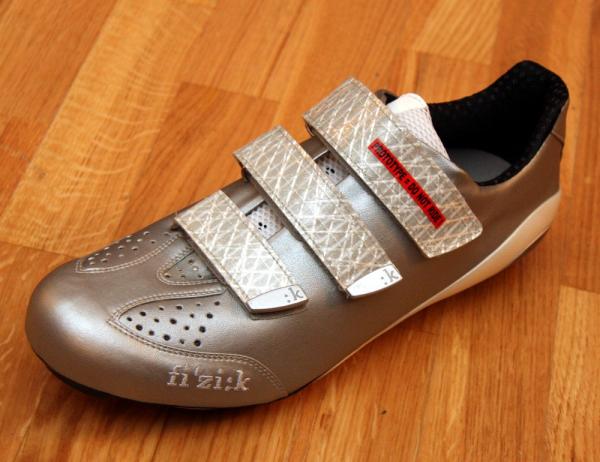
Italian saddle maker fi'zi:k today unveiled a new range of high-end saddles. Dubbed Kurve, the new saddles use a significantly different design from previous fi'zi:k seats, with aluminium rails supporting a composite body.
The idea, according to Vincent Bourgeois, product director of fi'zi:k's parent company Selle Royal, is to take the level of comfort offered by fi'zi:k's saddles to the next level. Bourgeois says that with previous saddle developments, fi'zi:k feels they have taken conventional saddle design as far as it can go. The idea of Kurve is to find further improvements by making a saddle that moves with the rider, extending the previous Twinflex and Wingflex ideas of the Aliante and Arione saddles to the whole body of the saddle.
To that end, fi'zi:k has designed a saddle hull that's moulded from three layers of composite, topped with a thin layer of padding, and supported by aluminium rails forged into a single loop.
Unlike previous fi'zi:k saddles - and indeed those from just about every other manufacturer - the support and comfort provided by the Kurve comes only from the hull, says Bourgeois. The padding is, in effect, just there to protect you from the bare composites, and not to cushion or cosset your bum.
To allow the hull to do this, it has been carefully designed to be soft in some areas, harder and more supportive in others. Fi'zi:k calls this design re:flex and it's the result of three years of development.
A conventional rail design would hold hack the potential of the new saddle, say Bourgeois, because it supports the rear of the saddle close to the contact area with the rider's sitbones. Instead, the Kurve design supports the hull right at the rear, effectively suspending the rider in the middle of the hull.
The Kurve saddles are topped with a layer of padding and microfiber which starts as one flat sheet and is heat-moulded to fit the top of the saddle. The heat-moulding process allows fi'zi:k to tailor the thickness and density of the padding according to its place on the saddle.
Get The Leadout Newsletter
The latest race content, interviews, features, reviews and expert buying guides, direct to your inbox!
In a final clever twist, a Kurve saddle can be dismantled with a Torx key, and the nosepiece swapped out to change the tension in the hull. Two options - hard and soft - will be available.
The rails are a single loop of 2014-t6 aluminium, 9mm tall for strength. the sides boast the usual fizik wingflex feature while the nose can be removed to tune the tension of the hull.:
There will be three models of Kurve, corresponding in shape to the current Aliante, Antares and Arione saddle shapes. Like those saddles, fi'zi:k suggests you initially choose a saddle according to how flexible you are. Fi'zi:k claims a weight of 220g, and all three models will retail for US$270/€220.
After the introductory presentation we were able to take kurve-equipped bikes for a brief test ride, and can confirm - on first impressions at least - that the design is successful. The minimal padding provides firm support but you can feel the springy hull moving under you. We'd like to do some very long rides to confirm our first impressions, but this feels like a saddle that's free from pressure points, supportive and extremely comfortable.
R3SL shoe added to range
Fi'zi:k shoe designer Steve Delacruz talked the assembled journalists through fi'zi:k's shoe line, launched at Eurobike last year. Fi'zi:k has so far sold 20,000 units of the two models and fi'zi:k's vice president of sales and marketing Nicola Rosin says they are struggling to meet demand.
In a moment from the Steve Jobs playbook, Delacruz has 'one more thing' to show us: the R3SL shoe. Due to be launched at Eurobike this year, this is a three-strap shoe based on the R3, but significantly lighter for riders who prize a low gram count.
The prototype of fizik's R3SL shoe, which will be launched at Eurobike later this year